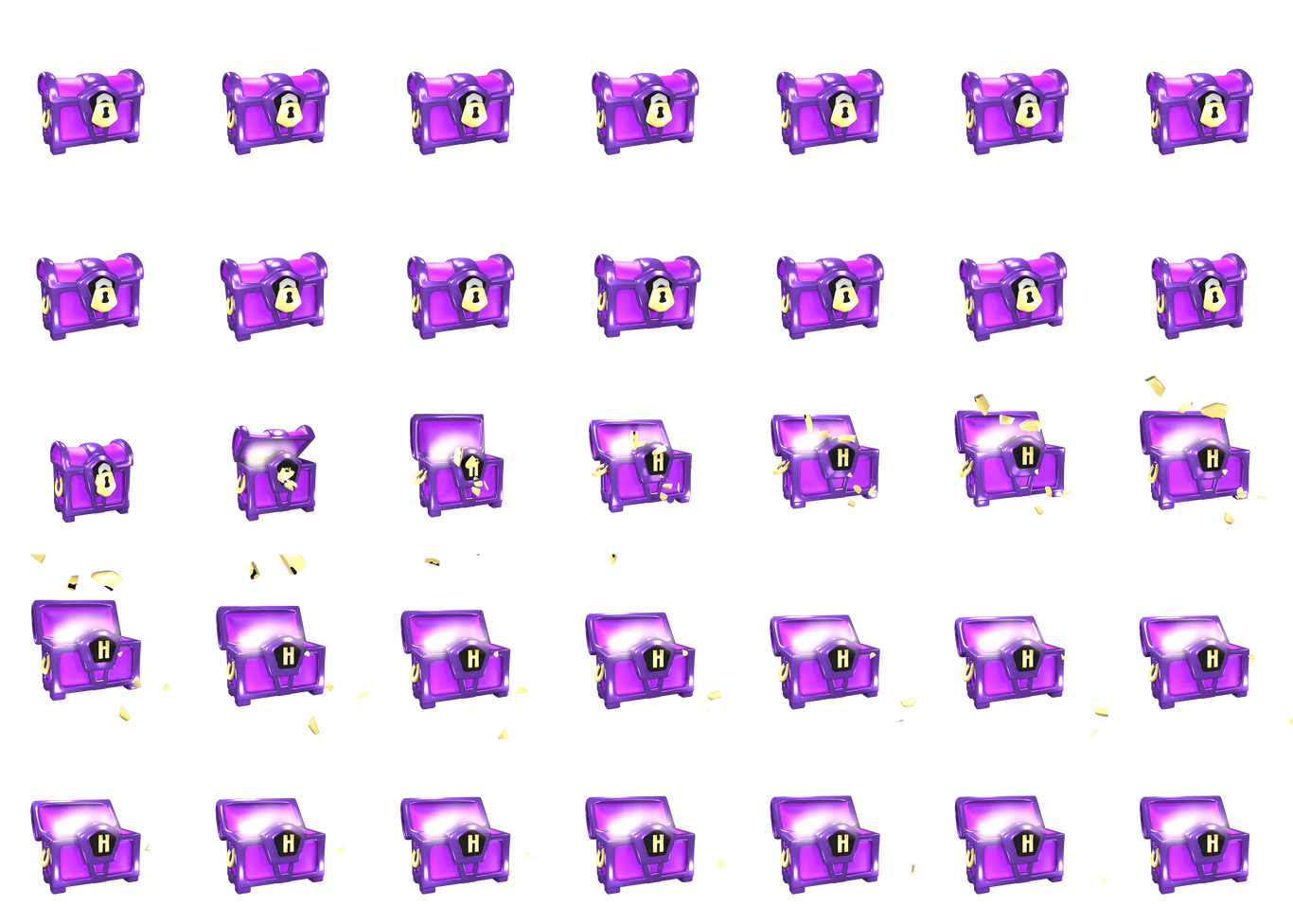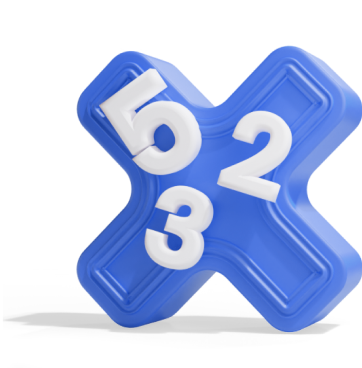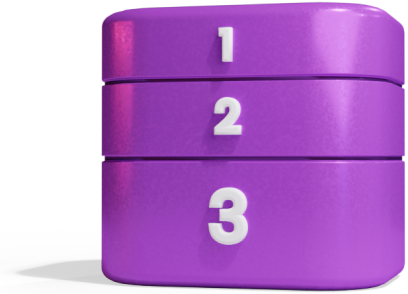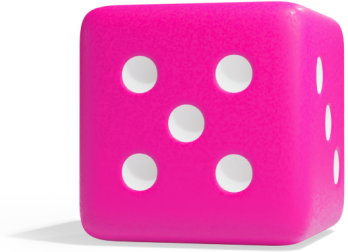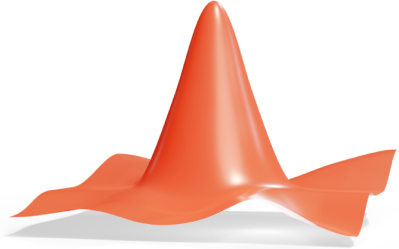12th Grade
What's the Difference between Correlation and Causation?
{"voice_prompt": "Speak clearly and naturally. Pause briefly at commas and for emphasis. When saying the variable 'r', insert a short pause before and after to make it stand out. Emphasize any word marked with < > or * * by slightly raising pitch, slowing down, and pausing briefly before and after.","manuscript": {"title": {"text": "What's the Difference between Correlation and Causation?","audio": "What's the Difference between Correlation and Causation?" },"description": {"text": "Correlation shows a relationship between two variables, while causation means one variable directly causes a change in another.","audio": "Correlation shows a relationship between two variables, while causation means one variable directly causes a change in another." },"scenes": [ {"text": "In statistics, 'correlation' describes a relationship where two variables tend to move together. For example, as outdoor temperatures increase, ice cream sales also tend to increase. This is called a positive correlation.","latex": "\\text{Positive Correlation} \\implies \\text{both variables move in the same direction}" }, {"text": "A positive correlation means both variables move in the same direction. A negative correlation means they move in opposite directions, like how more hours spent exercising might relate to lower stress levels. No correlation means there's no apparent relationship.","latex": "\\text{Negative Correlation} \\implies \\text{one variable increases while the other decreases}" }, {"text": "You can also measure correlation using a number called the correlation coefficient, written as r. It ranges from -1 to 1. If r equals 1, it's a perfect positive correlation, if one variable grows, the other grows as well. If r equals -1, it's a perfect negative correlation, if one variable grows, the other shrinks. If r equals 0, there's no correlation, meaning if there are no patterns between the two variables.","latex": "-1 \\leq r \\leq 1" }, {"text": "'Causation' is a much stronger claim. It means a change in one variable directly causes a change in the other. For example, flipping a light switch up causes the light to turn on. The first event makes the second event happen.","latex": "\\text{Causation} \\implies \\text{one event directly causes another}" }, {"text": "This leads to one of the most important rules in all of statistics: correlation does not imply causation. Just because two things are related doesn't mean one is causing the other. There could be another explanation.","latex": "\\text{Correlation} \\neq \\text{Causation}" }, {"text": "One common explanation is a 'lurking variable'. For example, ice cream sales and drowning incidents are positively correlated. But eating ice cream doesn't cause drowning. The lurking variable is hot weather, which causes more people to swim *and* buy ice cream.","latex": "c+a" }, {"text": "Sometimes, a correlation is just a coincidence. You might find a link between the number of movies an actor appears in each year and the number of traffic accidents in a city. That doesn't mean one causes the other. Always ask if the relationship makes logical sense.","latex": "d+a" }, {"text": "Here's a common trap: suppose a study finds that people who wear sunglasses are more likely to get sunburned. Does wearing sunglasses cause sunburn? Of course not! The real reason is that both happen more often in sunny weather.","latex": "e+a" } ],"outro": {"text": "To summarize quickly. Correlation shows a pattern. Causation shows a reason. Correlation does not imply causation. For causation, you need strong evidence, like repeated experiments or clear mechanisms.","audio": "To summarize quickly. Correlation shows a pattern. Causation shows a reason. Correlation does not imply causation. For causation, you need strong evidence, like repeated experiments or clear mechanisms." } }}
